
A group of Highland landowners have joined forces to create one of the biggest conservation restoration projects in the UK, working across 70,000 hectares of land including peatlands, woodlands and coastline.
The Coigach and Assynt Living Landscape (CALL) is a partnership project between the Assynt Foundation, Culag Community Woodland Trust, Eisg Brachaid Estate, John Muir Trust, Tanera Mor and the Scottish Wildlife Trust. It has been in development since October 2009 and will be Scotland's largest conservation project of its kind. For fans of Highland habitat restoration this is exciting news, suggesting that truly ambitious conservation and the economic development of remote communities need not be mutually exclusive ends.
These landowners have joined forces to work together to deliver one of the largest ecosystem restoration projects in Britain – an aspirational 50-year plan to bring woodland connectivity, species-rich flora and fauna, and economic prosperity to an iconic coastal corner of the Scottish uplands. The partnership aims to develop projects that have both environmental and social benefits for the area, which last month experienced wildfires along along with other parts of Scotland's west coast (as reported on UKH here).
'Our main aim now is to demonstrate real conservation on the ground over large areas and bring benefits to local communities.'
The Coigach and Assynt area, north of Ullapool in the northwest of Scotland, attracts hill walkers and wildlife enthusiasts in equal measure. It is home to a wide range of wildlife, including nationally important populations of golden eagle, black throated diver, Scottish wood ant, wild cat, freshwater pearl mussel and basking shark, as well as rare habitats such as Atlantic oak, birch and hazel woodlands.
As well as developing large scale restoration projects to restore woodland and peatland habitats, one of the major aspirations of the new project is to create local jobs, training opportunities and economic growth in Coigach and Assynt.
The project also aims to attract new landowners into the partnership to increase the area of land which is covered. The eastern edge of the Coigach and Assynt Living Landscape starts four miles north of Ullapool, and extends north to Unapool. The current project partners cover around half of the land west of this line. Notable hills within the project area are Quinag, Ben Mor Coigach, Suilven, Canisp, Cul Beag and Cul Mor. The northern half of Loch Assynt is included with the John Muir Trust's Quinag property, and two islands, Tanera Mòr, the largest of the Summer Isles, and Isle Ristol, which is managed by the Scottish Wildlife Trust, are within the project area.
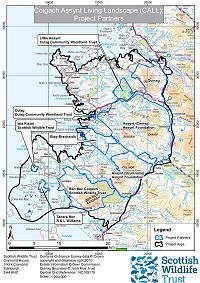
Stuart Brooks, chief executive of the John Muir Trust said,
'We are very excited about this project as it joins up estates which cover one of the most stunning areas of wild land in the UK. Assynt and Coigach is a world-class landscape that attracts visitors for a wide range of activities, including hillwalking and fishing. There is a lot we can do as individual landowners to improve the landscape, and by pooling our expertise and resources through this partnership we hope to be able to achieve even more.'
Mark Snowdon of Culag Community Woodland Trust added,
'The Coigach and Assynt Living Landscape project's social and ecological objectives are ambitious, but by directly involving local people we can achieve them. The partnership structure of the project, combined with energetic and expert support from within the community encourages confidence that it will deliver important benefits for everyone involved.'
Jonny Hughes, the Scottish Wildlife Trust's director of conservation said,
'A great variety of wildlife currently ghettoised in fragmented habitats stands to benefit from this partnership. By working together to see the bigger picture and breathe new life and connectivity into the ecosystems of Coigach and Assynt, globally rare species will be given a chance to increase in number and thrive once more. Key species set to benefit from this project encompass a wealth of biodiversity, including Scottish wood ants to iconic golden eagles, and important habitats such as carbon-storing peatlands and rare Atlantic oak woods.'
'However, this project is also about more than simply wildlife. People are at its heart, and by caring for nature we hope to bring social and economic benefits to local rural communities, which are themselves an iconic part of Scotland's heritage. Coigach and Assynt stands out because large areas are owned by conservation groups and community trusts, who have been enthusiastic about getting involved in this partnership project.'
'Our main aim now is to demonstrate real conservation on the ground over large areas and bring benefits to local communities.'
Lizzie Williams, from Tanera Mòr said:
'Participating in a forum of local land owners, managers and national conservation organisations is a fantastic opportunity for the Island and her inhabitants to benefit from a wide range of expertise and resources, whilst also sharing the experiences learnt on Tanera. We hope that our involvement in the CALL project will help us more fully realise our ambitions for Tanera Mòr, whilst contributing to the long term environmental, social and economic sustainability of the whole Coigach and Assynt area.'

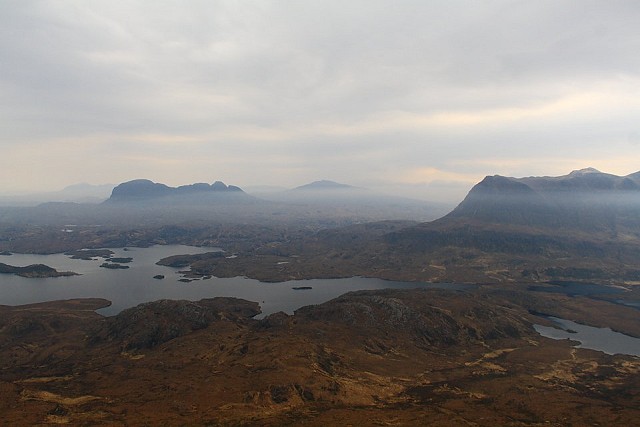
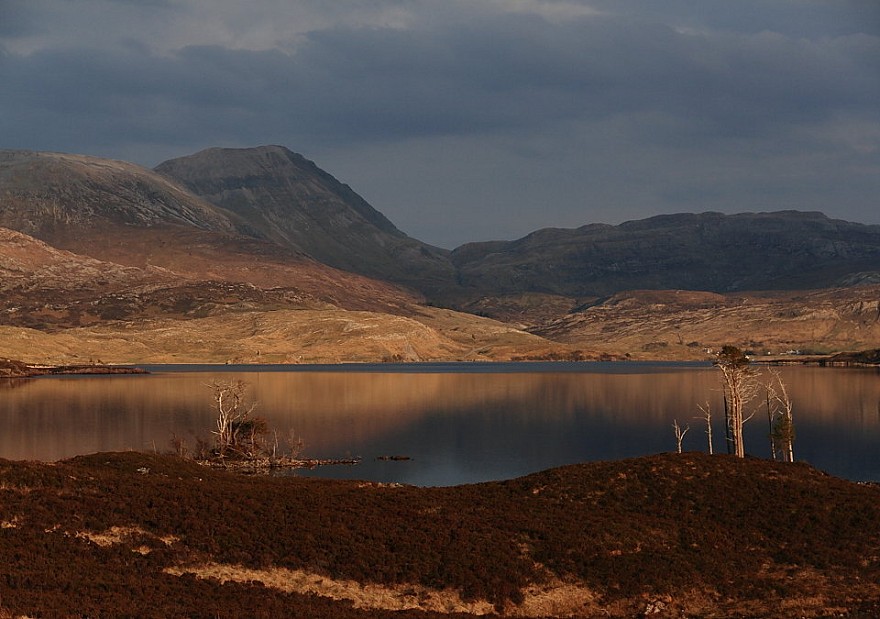







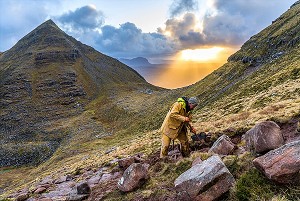
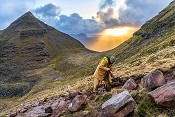


Comments